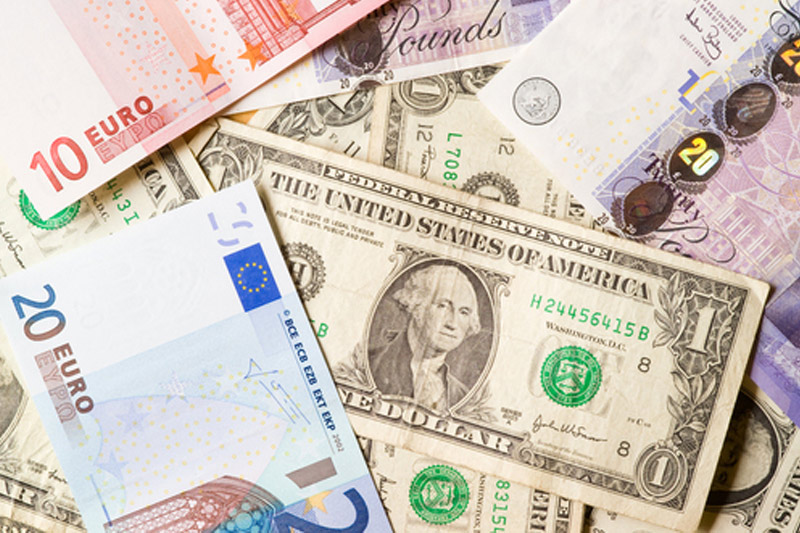Dollar Stabilizes, but Hikes Elsewhere Point to Further Weakness By

By Geoffrey Smith
Investing.com — The dollar stabilized in early trade on Wednesday after falling on Tuesday as a collapse in new home sales and a slump in social media stocks stoked fears of a U.S. recession.
U.S. bond yields had slumped on Tuesday on safe-haven flows, an illustration of the market’s focus moving from fears of inflation to fears for growth. Expectations for the path of U.S. interest rates are consequently being trimmed, reducing the support that they have given to the greenback in recent weeks.
By 3:25 AM ET (0725 GMT), the , which tracks the dollar against a basket of advanced economy countries, was at 102.14, up 0.2% from late Tuesday. It’s lost over 1.7% in the last week as relative expectations for interest rates have shifted in favor of the euro and , but is still up some 6.8% for the year-to-date.
The sense that relative rate dynamics are shifting to the dollar’s detriment was reinforced overnight as the Reserve Bank of New Zealand raised its by 50 basis points to 2.0%. The RBNZ said that large hikes now were more likely to stop inflation staying high for too long. The rose 0.6% to a three-week high of 1.5350 to the dollar, before paring gains a little later.
The same debate – whether larger hikes are needed to keep public faith in central banks’ commitments to low inflation – is also driving the euro at present. ECB President Christine Lagarde said on Tuesday that only ‘gradual’ rate increases are needed as long as inflation expectations don’t become de-anchored.
Others on the ECB’s governing council, including the Austrian and Dutch central bank governors Robert Holzmann and Klaas Knot, have pushed for a 50 basis point hike already in July but Finnish central bank head Olli Rehn, a key swing voter in the governing council, sided with Lagarde on Wednesday, although he noted that inflation risks have definitely increased.
The fell 0.5% to $1.0648 in response.
Elsewhere, the Central Bank of Russia said it will hold an emergency meeting this week, amid speculation that the ruble’s surge will lead it to cut interest rates further and perhaps lift more of its capital controls. The CBR raised its to 20% and stopped nearly all household and corporate purchases of foreign exchange in an effort to protect the ruble when Russia invaded Ukraine in February.
However, Russia’s massive current account surplus – revenue from energy exports has continued to flow in while purchases of imports have collapsed due to western sanctions – has meant that the currency is now, if anything, too strong. The rose another 1.2% on Wednesday to 56.191 to the dollar, its highest in over four years.
Read More: Dollar Stabilizes, but Hikes Elsewhere Point to Further Weakness By
